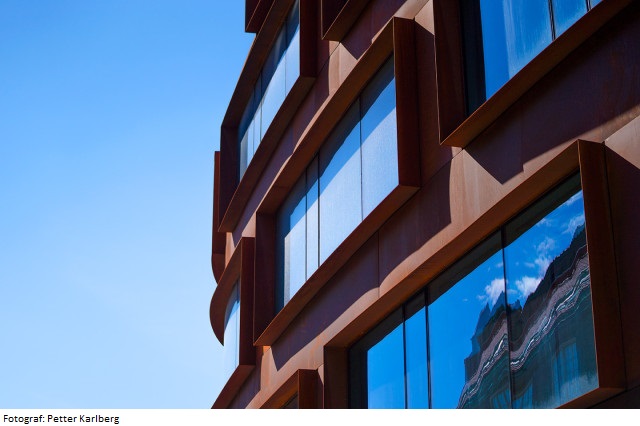Course Disposition for A52EXA valid from Autumn 2020. For Course DispositionSpring 2020 please see Course Syllabus for Autumn 2019
The degree project should be based on an assignment that is academically independent and may not be carried out at the direct behest of an external party e g companies or the public sector.
The course structure of the degree project includes:
- Regular supervision by an appointed supervisor
- Mid seminar
- Final seminar
- Project submission
After receiving the grade pass on the project submission, the project needs to be presented at Diploma Days in order to receive the credits of the course.
The degree project is to carried out mainly individually. In certain cases, the degree project can be carried out in collaboration with another student. A precondition is that each student's effort corresponds to the requirements and learning outcomes for the individual degree project. An application for cooperation must be submitted as part of the registration to the course before the term starts.
